Origin of Numbers -- Named and Unnamed- Numbers started out as part of names - yoke of oxen, herd of cattle, gaggle of geese.
- Days of conch shells and taboos about counting.
Talley Sticks- Though conventional wisdom for years said otherwise, "primative people" did count more specifically than "many."
- The Ishago Bone possibly of 20KYA, 20 thousand years ago, with primes 11, 13, 17, and 19 marked, and a crystal.
- 35,000 BCE to 8,500 BCE -- Talley marks made permanent and important math records.
Tokens Then Coins- 10,000 BCE to 6,000 BCE -- Tokens served as movable and permanent records.
- The use of tokens set the stage for the earliest writing.
- 3000 BCE - Shekels, temple coins, were used in Sumeria.
- 600 BCE -- Minted staters were used in Lydia (Turkey) and the use of coins spread quickly there after.
Abaxes (Sand Table), Reckoning Boards, Banks- Sand Tables, or beaches, for drawing accurate, measurable scale drawings.
- Reckoning Boards, from the Egyptian, thorugh the Banks, merchant benches (as in bank rupt, bankrupt) of the Middle Ages.
- With calculi (pebbles) or apices to compute.
- With choice of lines or spaces or both or vertical or horizonal orientation with whatever base is needed -- guilder, pound, or shekel.
- Set the stage for the Roman hand-held abacus and other abacuses.
Writing Numerals- ADDITIVE SYSTEM, Egyptian, Greek [8], early Roman
- The order of the "symbols" doesn't matter though they are often ordered.
- MULTIPLICATIVE SYSTEM, Chinese, as in modern expanded notation
- Write from largest to smallest a string of pairs of "number of" then "value of symbols" to write the number.
- POSITIONAL SYSTEM, decimal, Greek & Roman Numerals
- Order or position does matter.
Egyptian Multiplication- Eye of Horus and a memory trigger for the power series that facilitated multiplication and division.
- Used for division and multiplication and still used in Middle Ages as duplation and mediation.
- FIRST! statisticians and secretive about their work.
Abacuses- First hand-held calculators.
- Great for speed, portability, shakey tables and tax assesors -- think how easy a tith is to compute on a board or abacus.
Hindu-Arabic 10-Digit Computation - Had Popular & Commercial Uses.
- Has Strengths and Weaknesses.
- Still in Use.
Napier's Bones- MAJOR COMPUTING ACHIEVEMENT! especially for division!
- Can you SEE the inspiration for log computation?
Slide Rules- Take John Napier's natural log work and add the scales of Edmund Gunter and William Oughtred's paired Gunter scales and computation may be completed ala the sand table and scale drawing.

 History
History


|

 History
History



 History
History



 History
History



 History
History




 History
History




 History
Text
History
Text


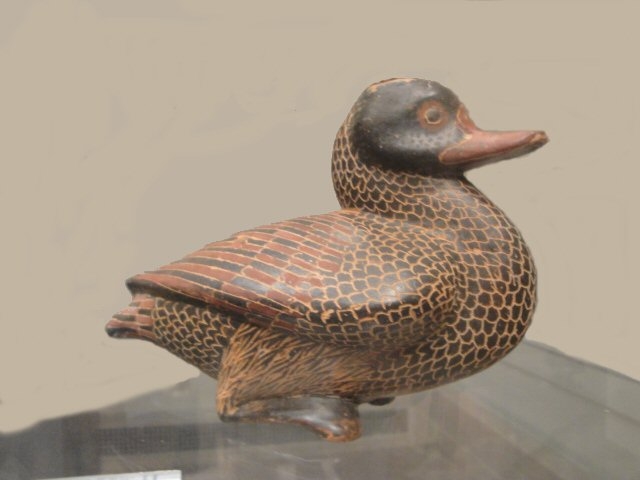

 History
History




 History
History




 Diaspora
History
Diaspora
History




 History
History




 History
History




 History
History


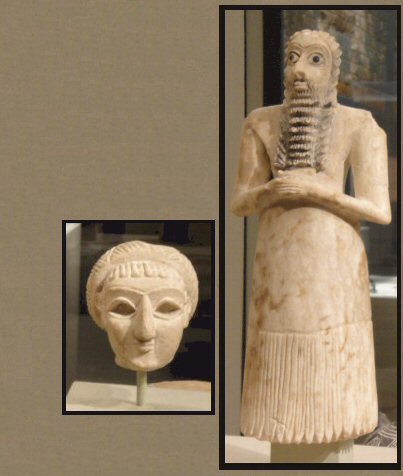

 History
History


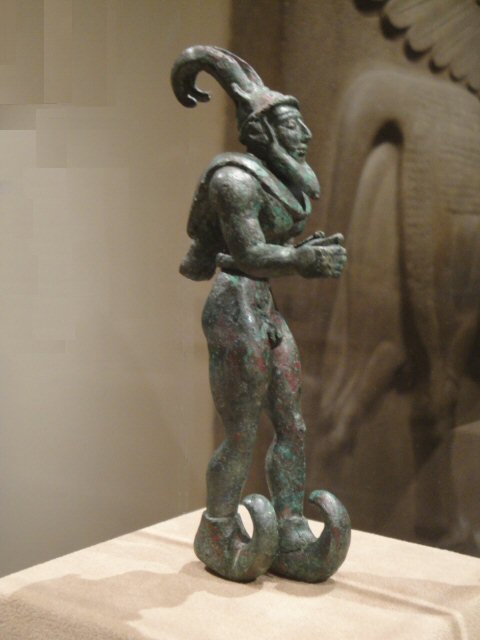

 History
History




 History
History




 History
History


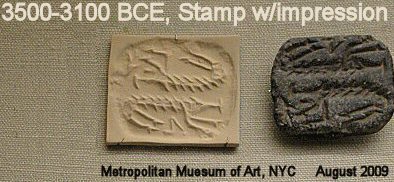

 History
History




 History
History


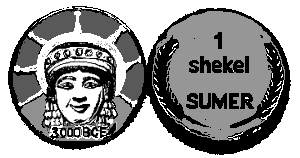

 Hands
Coins
History
LA
Hands
Coins
History
LA


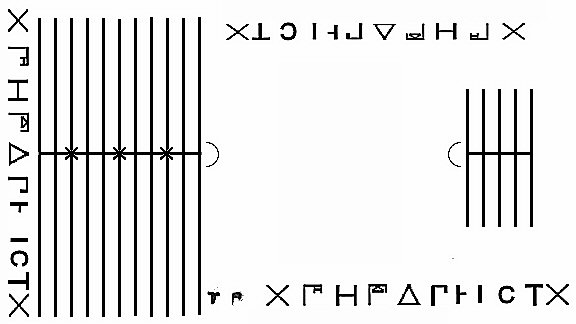

 Board
History
LA
Board
History
LA




 No. System
Hyro
History
LA
No. System
Hyro
History
LA


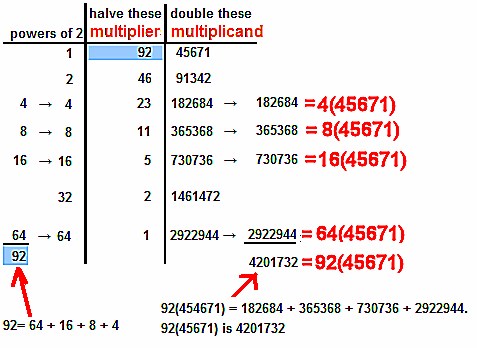

 1st
2nd
3rd
4th
Resource Page
History
Board
LA
1st
2nd
3rd
4th
Resource Page
History
Board
LA





 Counting Board Multiply
Abacus Multiplication
Apices
History
LA
Counting Board Multiply
Abacus Multiplication
Apices
History
LA




 Pascal Calculator
Mult. Tables
Mult. Tables
History
LA
Pascal Calculator
Mult. Tables
Mult. Tables
History
LA



 Two-Digit
Resource
History
N Bones
LA
Two-Digit
Resource
History
N Bones
LA


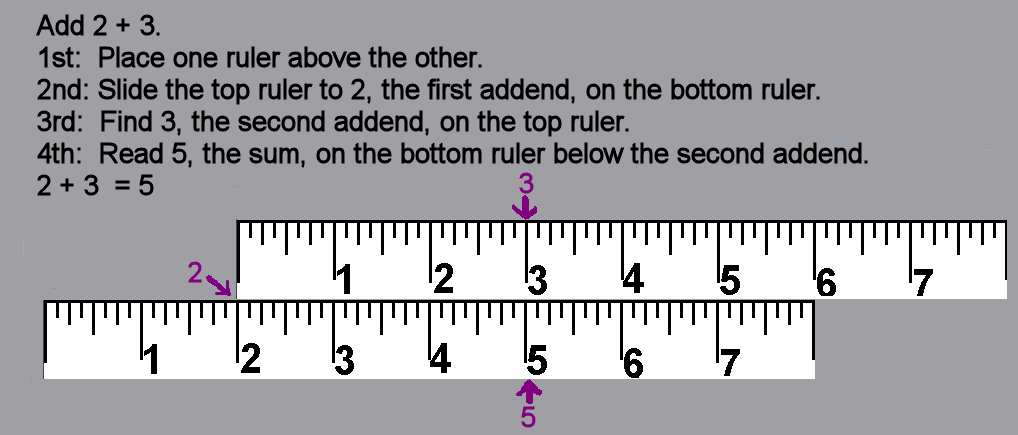

 History
Slide
LA
History
Slide
LA


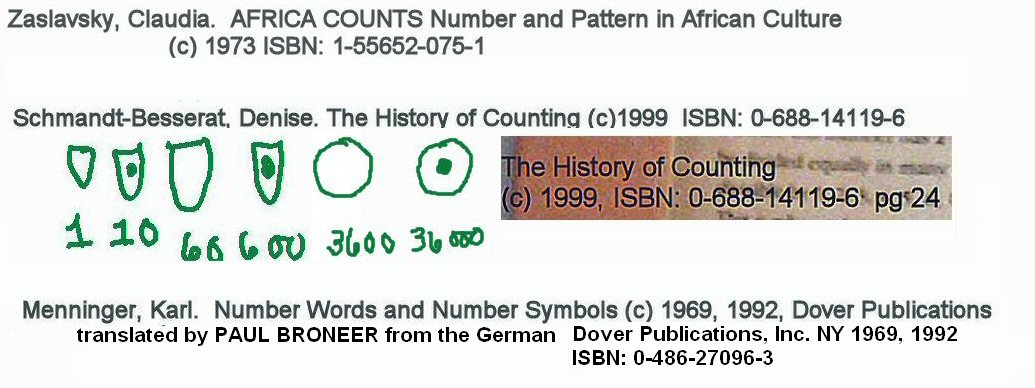

 Sources
History
Sources
History














 History
History

![[MC,i. Home]](http://www.mathnstuff.com/math/spoken/here/1gif/mcihome.gif)
![[Table]](http://www.mathnstuff.com/math/spoken/here/1gif/table.gif)
![[Words]](http://www.mathnstuff.com/math/spoken/here/1gif/words.gif)

![[this semester's schedule w/links]](http://www.mathnstuff.com/gif/semestr.gif)
![[Good Stuff -- free & valuable resources]](http://www.mathnstuff.com/gif/goods.gif)